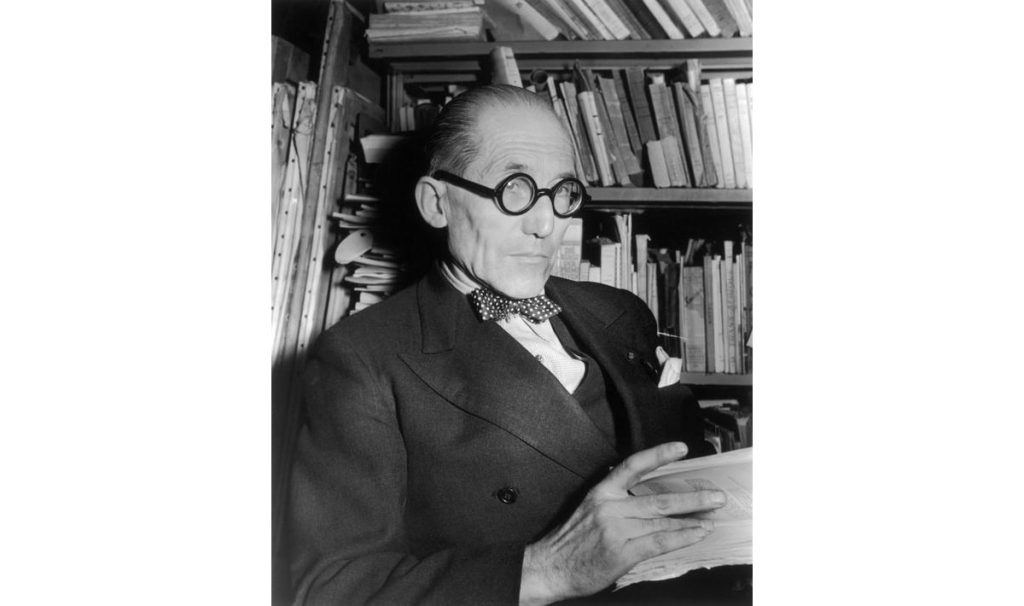The decision to study the impact of play in higher education comes from my personal journey within the architecture industry. Having completed my BA and MArch degree at The Bartlett School of Architecture, renowned for its academic excellence and experimental, speculative and innovative approach to architectural design, I still found myself missing for a more liberating environment. The School, while fostering individual talents and skills, unfortunately but kept on reinforcing a prevailing archetype of the architect as a self-centred visionary.
The paradigm of creative degrees, in general, but particularly in architecture and spatial design, involve processes of iterations, thinking, expression, and tangible outcomes. The pressure associated with delivering not only written papers and portfolios (like in many other disciplines), but also physical manifestations of creativity, like sketchbooks, drawings, scale models, etc., that would support the concept, idea, design easily escalated to levels of stress detrimental to students’ well-being. It seemed that there is no other way, but just to keep on making, almost without a final goal.
This ‘situation’ is not confined to the education environment only, but extends further into the professional industry. The architectural profession, notorious for its demanding nature, challenges practitioners to extended working hours, especially just before deadlines. The environment, due to nature of individual focus, is also very competitive and neurotic, with often one person taking the credit for the project, while the group of architectural or design assistants is left unnoticed.
The potential of play seems to be as an optional and realistic antidote to the environments in both academia and the professional realm, where ego- and self- are in focus. By incorporating play into education and professional practice, the goal is to bring back the joy in creative activities as well as more collaboration, community and group-oriented environment.
